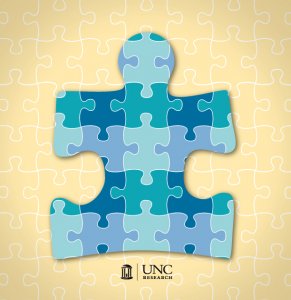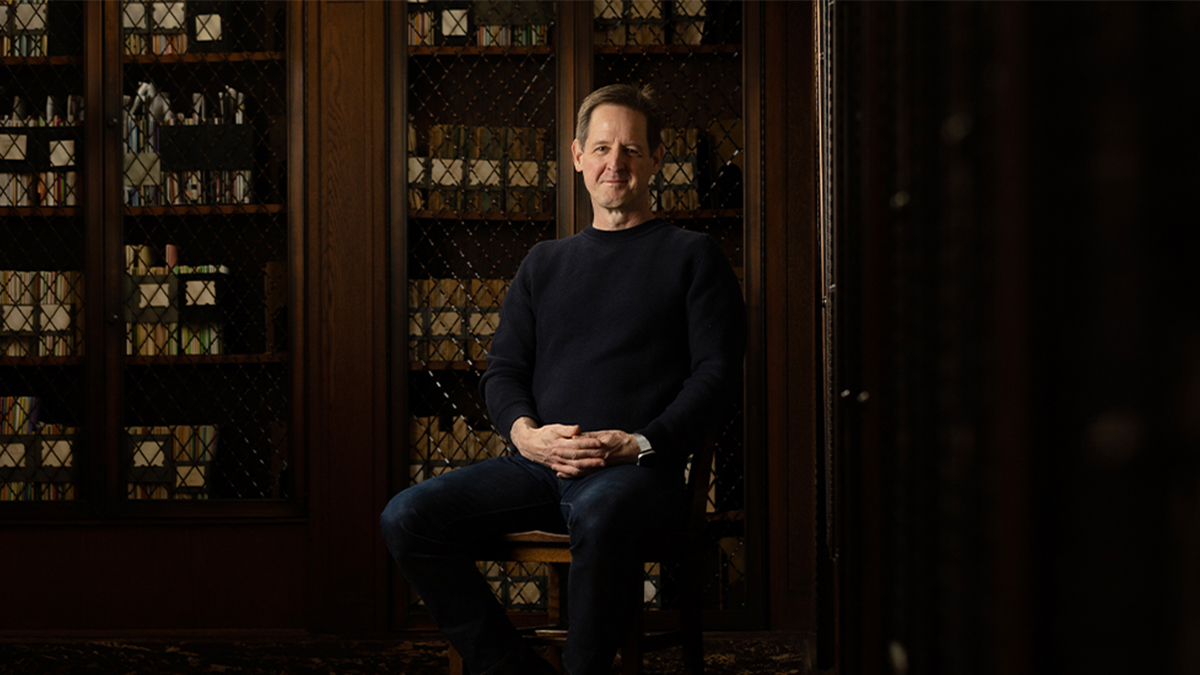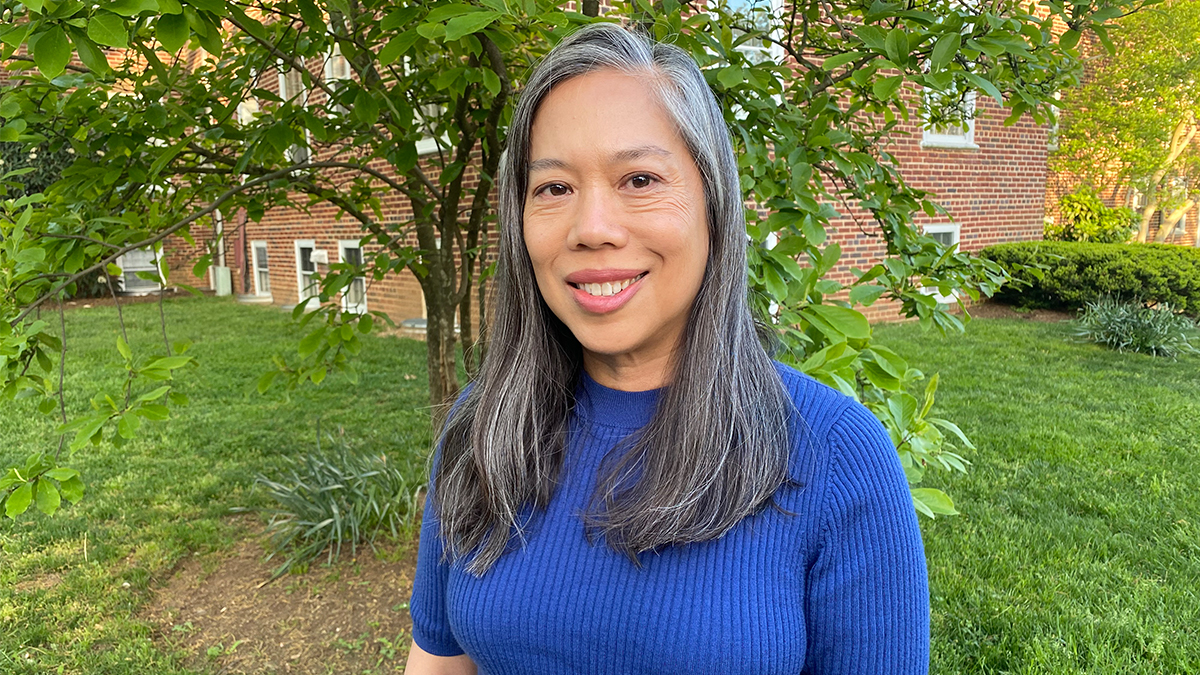Another piece of the puzzle
Carolina — along with 20 other research institutions — is taking on the largest genetic study of autism ever attempted.
If a child has autism, the condition is uniquely their own. The genes involved, how those genes are expressed to give rise to the proteins his or her brain cells need to function, how the neurons are wired to articulate thoughts or navigate social interactions or think through a problem — all of these things are unique to this child.
“No two children with autism are the same,” UNC-Chapel Hill researcher Gabriel Dichter said, “but the way we try to help kids now is with a one-size-fits-all approach. We use a trial-and-error approach and try to help them with the same interventions to see what works and what doesn’t.” It would be better to know more about what intervention would work best for each child as quickly as possible.
That’s why Carolina — along with 20 other research institutions — is taking on the largest genetic study of autism ever attempted. Researchers will collect DNA and other information from 50,000 people with autism and their immediate family members. UNC-Chapel Hill was one of three pilot institutions tasked with making sure such an ambitious project was even possible.
“It will be the first opportunity the research community has had to understand autism genetics in a way that will allow us, in the future, to match a person’s specific genetic profile with a specific treatment plan,” Dichter said. “That’s the ultimate goal.”
Dichter, Carolina Institute for Developmental Disabilities (CIDD) Director Joseph Piven, and colleagues across the state are recruiting families with children with autism to be part of this study, called the SPARK initiative (Simons Foundation Powering Autism Research for Knowledge). The Carolina team hopes to recruit thousands of families — perhaps even 10,000 — of which they would have access to their full genome sequences.
To date, approximately 50 genes have been identified that almost certainly play a role in autism, and scientists estimate hundreds more are involved. By studying these genes, their biological consequences, and how they interact with environmental factors, researchers could better understand the condition’s causes, and link possible underlying causes to the spectrum of symptoms, skills, and challenges of people affected.
Keep reading on Endeavors’ website
Illustration by Corina Cudebec, Office of Research Communications





